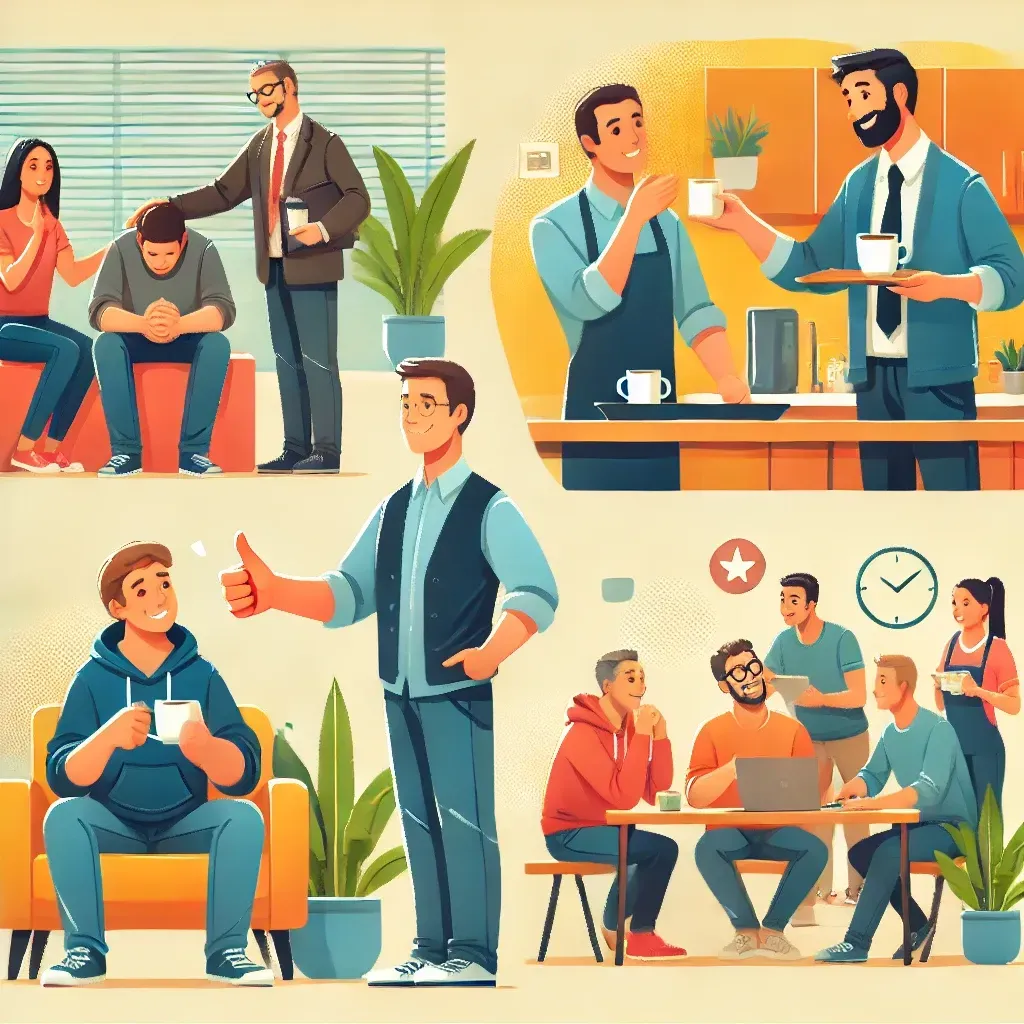5 Ideas for Sharing Kindness

In today's fast-paced work environments, where deadlines loom and pressures mount, kindness can sometimes take a backseat. However, fostering a culture of kindness at work is not only beneficial for individuals' well-being but also for overall productivity and morale. Here are five simple ways to show kindness in the workplace:
1. Check-In with Colleagues: Take the time to notice when a colleague seems down or overwhelmed. A simple check-in can make a world of difference and show that you care about their well-being.
2. Be Understanding and Tolerant: When others make mistakes, respond with empathy and understanding. Instead of blaming or criticizing, offer support and help them learn from the experience.
3. Invite Someone to Lunch or Coffee: Extend a friendly invitation to a coworker who may be feeling isolated or left out. A casual lunch or coffee break can provide an opportunity to build connections and strengthen relationships.
4. Share Praise: When you notice a colleague's hard work or achievement, don't hesitate to share it with their boss or team. Recognizing others' contributions publicly not only boosts morale but also fosters a culture of appreciation.
5. Ask for Others' Perspectives: Actively seek out the opinions and perspectives of your coworkers. Show that you value their input and consider their viewpoints in decision-making processes.
By incorporating these simple acts of kindness into our daily work routines, we can create a more supportive and inclusive workplace where everyone feels valued and respected.

